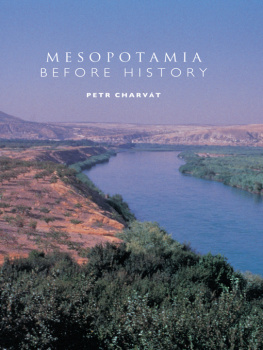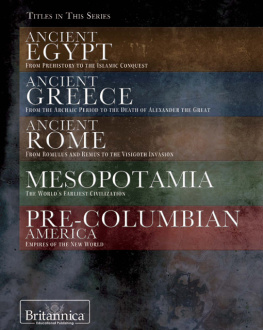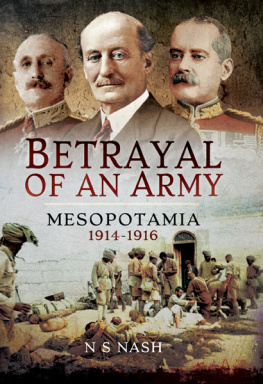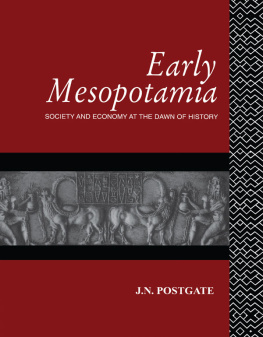Figures
| 0.1 |
| 1.1 |
| 2.1 |
| 2.2 |
| 2.3 |
| 3.1 |
| 3.2 |
| 3.3 |
| 3.4 |
| 3.5 |
| 3.6 |
| 3.7 |
| 3.8 |
| 3.9 |
| 3.10 |
| 3.11 |
| 3.12 |
| 3.13 |
| 3.14 |
| 3.15 |
| 3.16 |
| 3.17 |
| 4.1 |
| 4.2 |
| 4.3 |
| 4.4 |
| 4.5 |
| 4.6 |
| 4.7 |
| 4.8 |
| 4.9 |
| 4.10 |
| 4.11 |
| 4.12 |
| 4.13 |
| 4.14 |
| 4.15 |
| 4.16 |
| 4.17 |
| 4.18 |
| 4.19 |
| 4.20 |
| 4.21 |
| 4.22 |
| 4.23 |
| 4.24 |
| 4.25 |
| 4.26 |
| 4.27 |
| 4.28 |
| 4.29 |
| 4.30 |
| 4.31 |
| 4.32 |
| 4.33 |
| 4.34 |
| 4.35 |
| 4.36 |
| 4.37 |
| 4.38 |
| 4.39 |
| 4.40 |
| 4.41 |
| 4.42 |
| 5.1 |
| 5.2 |
| 5.3 |
| 5.4 |
| 5.5 |
| 5.6 |
| 5.7 |
| 5.8 |
| 5.9 |
| 5.10 |
| 5.11 |
| 5.12 |
| 5.13 |
| 5.14 |
| 5.15 |
| 5.16 |
| 5.17 |
| 5.18 |
| 5.19 |
| 6.1 |
| 6.2 |
| 6.3 |
| 6.4 |
| 6.5 |
| 6.6 |
| 6.7 |
| 6.8 |
| 6.9 |
| 6.10 |
| 6.11 |
| 6.12 |
| 6.13 |
| 6.14 |
| 6.15 |
| 6.16 |
| 6.17 |
| 6.18 |
| 6.19 |
| 6.20 |
| 6.21 |
| 6.22 |
| 6.23 |
| 6.24 |
| 6.25 |
Chapter One
The Palaeolithic
PILOT SITES
Shanidar
A cave at an altitude of 750 m above sea level in the lower part of a mountain valley, 35 km west of Rawanduz. A US excavation of 1951, 1953, 19561957 and 1960 directed by R.S.Solecki. The four stratigraphical horizons of the cave are marked from above (A, B, C and D). The deepest D layer has yielded settlement evidence belonging to the Mousterian (Middle Palaeolithic). A C-14 date from the upper part of this layer is 48,300+/3000 BC but the Mousterian settlement obviously ends at a time around 40,000 BC. The Neanderthal settlers of Shanidar lived by hunting wild goats, sheep, cattle and boar, deer, bear, fox and other animals as well as by collecting turtles, molluscs, snails and doubtlessly other edible substances as well. Excepting the organic materials for which no evidence has survived, they made stone tools, chipping off flakes from small globular or disc-shaped cores and shaping these into points, blades and burins. This may be the first instance in history in which obsidian, imported in other periods of Mesopotamian history from the territory of present-day Turkey, has been treated by human hand (on obsidian in general see Hurcombe 1992). The deposits of horizon D have yielded remains of nine human individuals (2 infants, 3 young adults and 4 older adults) either buried or left in the empty cave. The remains of one of these individuals bear traces of multiple wounds and illness, as a consequence of which this man, who died at an age around 40 years, was almost immobile and could hardly pursue any activities beyond the closest proximity of the campsite, much like another individual the remains of whom were found here. In the course of investigation of another burial of this horizon the existence of a layer consisting of flowers has been indicated by pollen analysis. The grave bottom(?) might thus have been covered with flowers. An elderly man whose remains were left at the site might have died as a consequence of a stab wound between his eighth and ninth rib on the left side of his chest (the earliest trace of intra-species human violence?). On the site see Solecki 1954; Braidwood and Howe 1960, esp. pp. 60, 147, 149, 152153, 156, 165166; Hrouda 1971, 2829; Kozlowski and Sliwa 1977, 4849 and 78; Trinkaus 1983; Solecki 1997.
Layer C, radiocarbon-dated approximately between 35,000 and 25,000 BC, has yielded evidence for an Upper Palaeolithic blade industry called Baradostian, of rather mediocre quality (burins, scrapers, points, blades, notched blades, flakes, perforators and fabricators: Braidwood and Howe 1960, 147 and 154). Pollen analysis indicates a colder and more humid climate than that of the present time for the period when the cave was not inhabited, i.e. 25,00012,000 BC.
Horizon B has been divided by the excavator into two stages, B2 and B1. Of these, only the B2 stage, which has yielded evidence of the Upper Palaeolithic Zarzian culture and a C-14 date of 10,050 +/400 BC, belongs to the Palaeolithic. In the vicinity of the site, pollen analysis bears out the presence of plant cover including cypress, pinia and chestnut, of a rather savannah-like character. The local climate is likely to have been colder and more humid than today but drier than in the preceding phase. The local community hunted again wild goat, sheep, cattle and boar, bear, fox and beaver (an innovation) and collected, among others, turtles and molluscs, in greater numbers than in the earlier period. The chipped industry is dominated by denticulated and notched blades and features scrapers, burins and borers. Some 10 per cent of these products are made up of microliths (bladelets, triangles, lunates, etc.). Obsidian, possibly of east Turkish origin, is prominently represented here but no evidence for coarse ground or chipped industry has been retrieved (Braidwood and Howe 1960, 60, 155156, 170; Solecki and Solecki 1983, 126129; Hole 1987a, esp. pp. 355ff.; Annex 732; Solecki 1997).
Palegawra
A shallow rock shelter at an altitude of c . 1,080 m in a mountain slope overlooking a valley 20 km west-north-west of Sulaimaniyah. A US excavation of 1951 and 1955 directed by R.J. Braidwood. Six C-14 dates reaching from 12,530 to 9640 BC (Annex 727). Of the two layers represented at the site, the upper one belongs to the fourth-third pre-Christian millennium and to later times, perhaps as far as the Islamic period. A base of this layer at a depth of c.60 cm has yielded a group of artifacts which may date into the Mesolithic (microliths, obsidian tools, crushing stones, pebble grinders, fragment of a chipped and ground heavy axe or hoe, fragments of ground and polished marble bracelets). It is only with the lower layer that we arrive at the Upper Palaeolithic. Palaeobotanical evidence attests to the woodland character of the ancient landscape (principally oak, also tamarisk, poplar and an unidentified coniferous tree). The local community procured their subsistence by hunting onager(?), wild goat and sheep and less so gazelle, wild cattle, deer, wild boar, wolf, fox, lynx(?), small rodents, small birds, unidentified fish and sweetwater crab. They also collected hedgehog, turtle, frog, sweetwater molluscs and snails. This site has yielded the most ancient possible evidence available up to now for the domesticated dog (Clutton-Brock 1980, 39; van Loon 1991a, 300; Cauvin 1994, 35). Abundant finds attest to the utilization of chipped stone industry items such as blades, scrapers, burins, borers, fabricators, cores and geometrical microliths and, to a lesser extent, of bone implements and pendants. Imported obsidian is present at the site. A newly introduced artifact category represents the coarse chipped and ground industry of stone such as a stone with a groove, perhaps for straightening arrow or other shafts, a big axe or hoe and a grinding stone. (See Braidwood and Howe 1960, 28, 5759 and 180; Hrouda 1971, 29; Solecki and Solecki 1983, 126127; Hole 1987a, esp. p. 357.)









